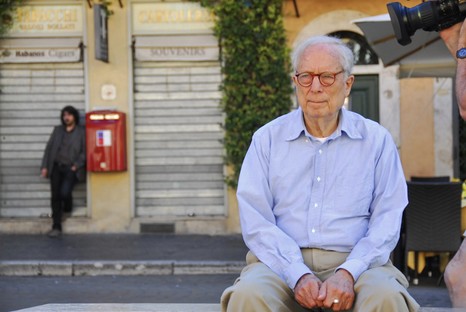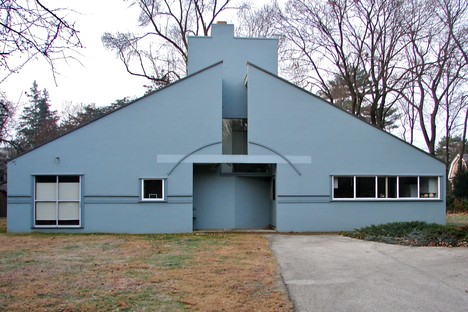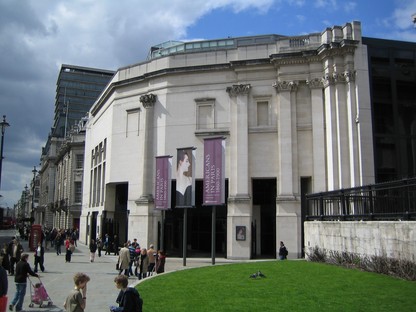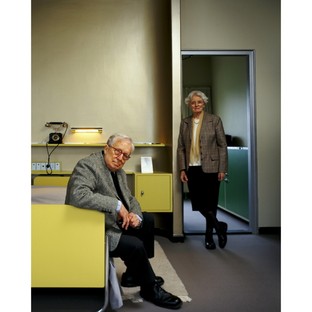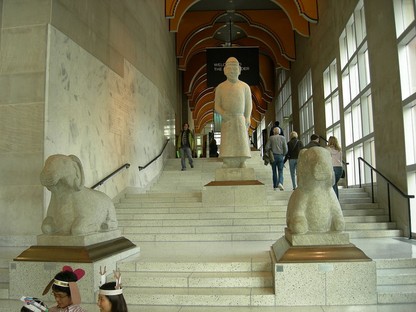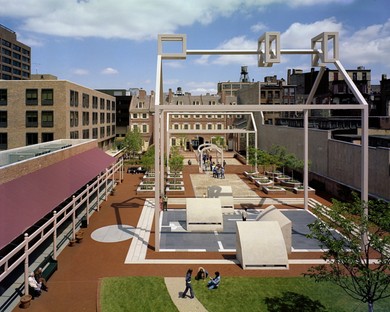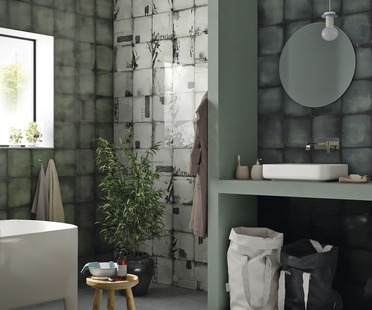25-09-2018
Farewell to Robert Venturi
Robert Venturi,
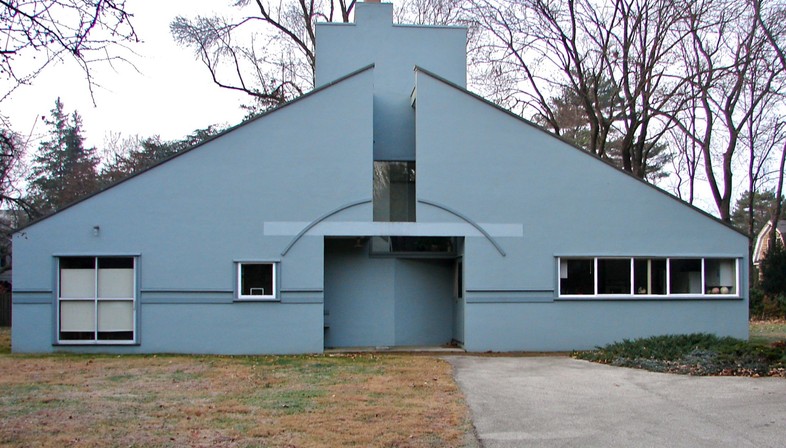
“Less is a bore!”was the phrase with which Robert Venturi, winner of the Pritzker Prize 1991, rebaptised the famous maxim “Less is more” by Ludwig Mies van der Rohe, and the slogan perfectly expresses the lesson left by the US architect through his long professional career and his writing. Robert Venturi passed away on 18th September aged 93 after a short illness. The news was announced in The Architecture News Paper in a short statement by his wife and colleague Denise Scott Brown and his son Jim Venturi.

The U.S. architect, born in Philadelphia in 1925, graduated with honours from Princeton University in 1947, the same university where he was awarded a Master’s Degree in Fine Art in 1950. From 1954 to 1956 he continued his studies in Rome as a Rome Prize Fellow at the American Academy and on his return to the U.S., he began his long career as a lecturer. After teaching at the School of Architecture of Pennsylvania University, he gave conferences in many prestigious U.S. and international institutions for thirty years, including Yale, Princeton, Harvard, California University in Los Angeles, Rice University and the American Academy in Rome.
From the point of view of his career as an architect, before setting up his own studio in 1958, Venturi had worked with Eero Saarinen and Louis Kahn. In 1964 the first to join the studio was John Rauchon and then Venturi’s wife, Denise Scott Brown. After John Rauch left in 1989 the studio took the name of Venturi, Scott Brown & Associates (VSBA) which is still its name today.
Many awards crowned his long career as an architect, including the Pritzker Prize, the Nobel for Architecture in 1991 and, among the most recent, theAIA Gold Medal the highest recognition from the American Institute of Architecture, received in 2016 together with Denise Scott Brown, the first time in history that the prize had been awarded to two architects.
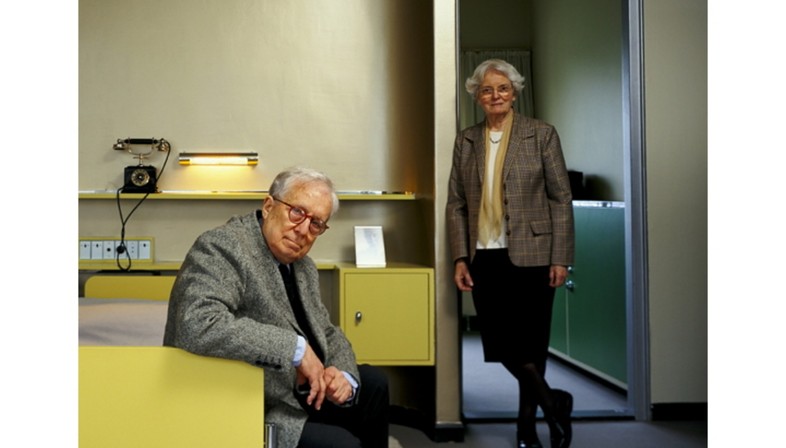
Complexity and Contradiction in Architecture published in 1966 and Learning From Las Vegas written with Denise Scott Brown and Steven Izenour in 1972, are his most famous books. In particular Complexity and Contradiction in Architecture is a real manifesto for his architecture.
Robert Venturi overcame the purity of form of Mies’ “Less is more” with his experimentation and works that echoed a complex, articulated and heterogeneous architectural language. One that was open to colour and decoration, to dialectic between popular and cultured art, an architecture that dealt with the complexity of the city.
“It was an architecture that promoted wealth and ambiguity above unity and clarity, contradiction and excess over harmony and simplicity", looking for examples in history not only related to site-specific buildings, but to the history of architecture in general. Complexity and contradiction were the elements that the artist in Robert Venturi loved about architecture and with his works he offered new words to the discipline, in opposition to the lesson of the Modern Movement, and paved the way to the complexities of postmodernism.

The Vanna Venturi House, created for his mother in Chestnut Hill, Philadelphia, in 1964, was one of his first projects and captured the attention of the international architectural community. Other famous works were the Guild House (1964) Philadelphia - Pennsylvania, the Allen Memorial Art Museum (1976) in Oberlin, Ohio, the Sainsbury Wing - National Gallery of Art London (1986-90), the Seattle Art Museum (1991), Hôtel du département de la Haute-Garônne Toulouse (1992-99) the Anlyan center for medical research and education at the Yale University School of Medicine (2003), the renovation of the Schlesinger Library at the Radcliffe Institute for Advanced Study - Harvard University (2004) and the Lehigh Valley hospital - Muhlenberg (2005).
(Agnese Bifulco)










